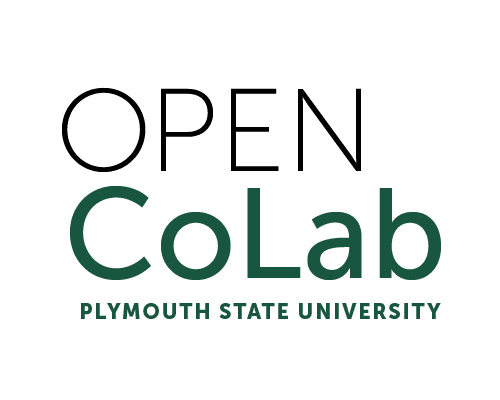Reflection on “Affordances and Possibilities”
I wholeheartedly agree that all modalities have their benefits and shouldn’t compete but rather interact to produce something holistic, greater than the sum of its parts. Yet I currently feel that there is a disjuncture instead of the desired seamless connection between the synchronous online and in-person contexts. The absence of students’ faces in Zoom has made it challenging to readily associate the students’ names and faces. I have raised the question to the class, and there is resistance to showing their faces online, so I have accepted the status quo regarding that. The in-person classes have helped more in establishing a deeper connection with and among the students. I am relatable and ‘human’ in my style of teaching. And my own orientation to the topic of authoritarianism is not front and center; I am sharing examples, video clips, texts and utilizing full-class discussion, breakout sessions, etc. However, the deeper level of understanding of the topic requires a sense of purpose born of life experience, study of history, and more than a passing awareness of current events. I provide examples of the topic to add to the students’ palette of possibilities to consider, but I am not professing solutions since the point is to have students discern their own solutions.
They are currently designing their group project on the ‘ideal community’ they envision, based on their values and research, innovations, and specific facets of their chosen focus. The project is due next week, and we had a works-in-progress class today in which each group informally conveyed to the class their developing vision. In most cases, I think the work at hand is going well, but I am concerned about some students who are not as engaged as I would hope. I want to draw out those who are quiet or less likely to voice their perspectives, yet their very shyness is a deterrent to me at times. In Zoom, I find it easier to break through that hesitation on my part by calling on students; the greater anonymity (no faces) online makes it seem safer for them. It works oftentimes, as some students really do have something they want to say; others might not respond at all. If I don’t hear a response after calling on someone, I move on to several other students to avoid putting s single student on the spot for too long. I am consistently positive in my approach to students and hopefully challenging and thought-provoking, but I wonder how much of what I hope to convey is being received in the way intended. Or maybe I just need to accept that every student will have a unique interpretation of what I say, which is something to celebrate. I don’t feel we have yet reached a really strong sense of community as a class, and I very much want to keep learning and trying out strategies to see what works. The Design Forward class on Formats and Modalities is exactly what I need, and I hope to find new ways of integrating the online and in-person modalities.
– Elizabeth Tillar


